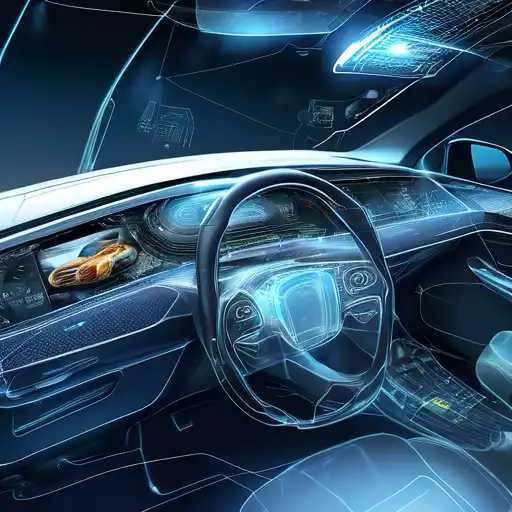Introduction to Embedded Systems in Automotive
Embedded systems have become the backbone of modern automotive engineering, driving innovations that enhance safety, efficiency, and user experience. These specialized computing systems are designed to perform dedicated functions within larger mechanical or electrical systems, making them indispensable in today's vehicles.
The Role of Embedded Systems in Automotive Safety
Safety is paramount in the automotive industry, and embedded systems play a critical role in ensuring it. From advanced driver-assistance systems (ADAS) to anti-lock braking systems (ABS), embedded systems help in reducing accidents and saving lives. They process real-time data to make split-second decisions that can prevent collisions and improve road safety.
Key Safety Features Powered by Embedded Systems
- Automatic Emergency Braking (AEB)
- Lane Departure Warning Systems
- Adaptive Cruise Control
- Electronic Stability Control (ESC)
Innovations in Automotive Through Embedded Systems
Beyond safety, embedded systems are at the heart of automotive innovation. They enable features like infotainment systems, navigation, and connectivity, transforming the driving experience. With the advent of electric vehicles (EVs) and autonomous cars, the importance of embedded systems has skyrocketed, paving the way for smarter, more efficient vehicles.
Emerging Trends in Automotive Embedded Systems
- Vehicle-to-Everything (V2X) Communication
- Over-the-Air (OTA) Updates
- Artificial Intelligence (AI) in Driver Assistance
- Energy Management in Electric Vehicles
Challenges and Future Directions
Despite their benefits, embedded systems in automotive face challenges such as cybersecurity threats and the need for higher computational power. However, ongoing research and development are addressing these issues, promising even more advanced solutions in the future.
For more insights into the future of automotive technology, check out our article on The Future of Automotive Technology.
Conclusion
Embedded systems are revolutionizing the automotive industry by enhancing safety and fostering innovation. As technology advances, we can expect these systems to become even more integral to vehicle design and functionality, making driving safer, more efficient, and more enjoyable.
